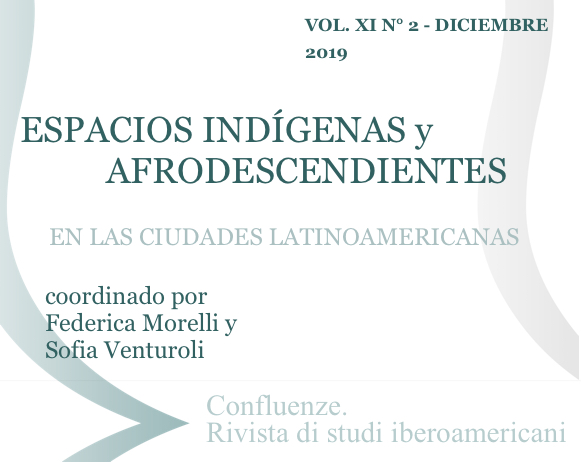Propriedade fundiária e topografia social : o caso da cidade de Mariana (Minas Gerais, Brasil, século XVIII)
DOI:
https://doi.org/10.6092/issn.2036-0967/10265Keywords:
land ownership, urban history, freed population, gender, GISAbstract
This article analyzes the role played by freed people of color, and specially by Black and Meztiço freed women, in the process of land appropriation and physical construction of the portuguese episcopal city of Minas Gerais. Many of them were heads of households and were legally able to appropriate urban and peri-urban plots, where they built houses, cultivated fields and exploited gold. Through the mapping (GIS) of municipal land data which refers to the "condition" and color of the landowners, we can analyze the distribution of individuals and social groups in Mariana’s urban space.
Downloads
Published
How to Cite
Issue
Section
License
Copyright (c) 2019 Cláudia Damasceno Fonseca
The copyrights and publishing rights of all the texts on this journal belong to the respective authors without restrictions.
This journal is licensed under a Creative Commons Attribution 4.0 International License (full legal code).
See also our Open Access Policy.
Metadata
All the metadata of the published material is released in the public domain and may be used by anyone free of charge. This includes references.
Metadata — including references — may be re-used in any medium without prior permission for both not-for-profit and for-profit purposes. We kindly ask users to provide a link to the original metadata record.






